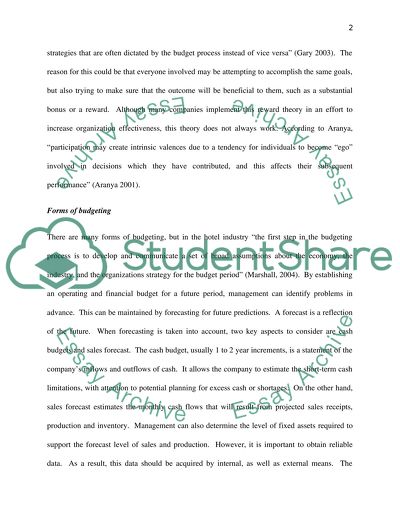Cite this document
(“Budgets are primarily p ressure devices used by management to ensure Essay”, n.d.)
Budgets are primarily p ressure devices used by management to ensure Essay. Retrieved from https://studentshare.org/miscellaneous/1516572-budgets-are-primarily-p-ressure-devices-used-by-management-to-ensure-organisational-objectives-are-achieved
Budgets are primarily p ressure devices used by management to ensure Essay. Retrieved from https://studentshare.org/miscellaneous/1516572-budgets-are-primarily-p-ressure-devices-used-by-management-to-ensure-organisational-objectives-are-achieved
(Budgets Are Primarily P Ressure Devices Used by Management to Ensure Essay)
Budgets Are Primarily P Ressure Devices Used by Management to Ensure Essay. https://studentshare.org/miscellaneous/1516572-budgets-are-primarily-p-ressure-devices-used-by-management-to-ensure-organisational-objectives-are-achieved.
Budgets Are Primarily P Ressure Devices Used by Management to Ensure Essay. https://studentshare.org/miscellaneous/1516572-budgets-are-primarily-p-ressure-devices-used-by-management-to-ensure-organisational-objectives-are-achieved.
“Budgets Are Primarily P Ressure Devices Used by Management to Ensure Essay”, n.d. https://studentshare.org/miscellaneous/1516572-budgets-are-primarily-p-ressure-devices-used-by-management-to-ensure-organisational-objectives-are-achieved.


